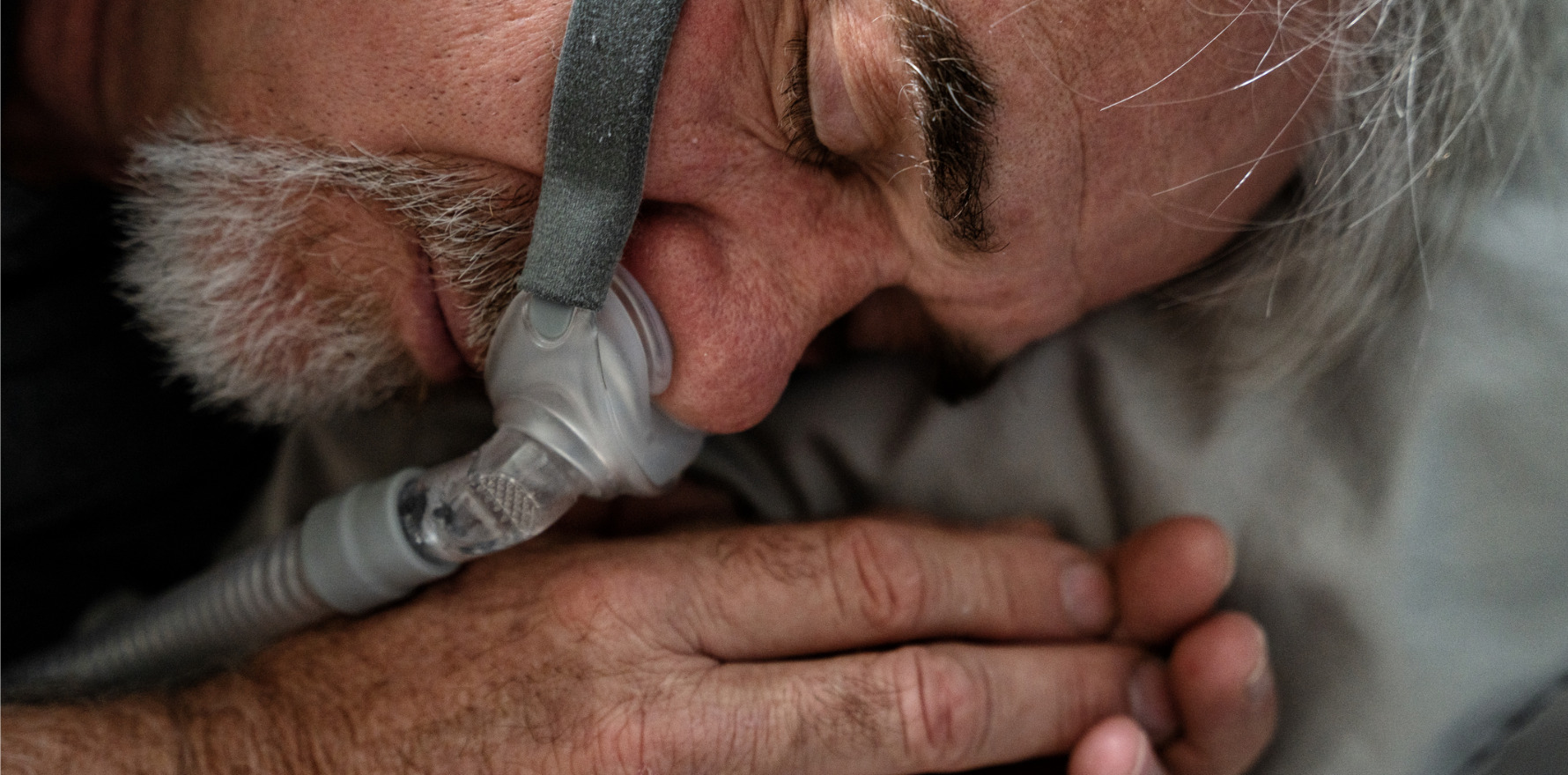New research links treatment to a 26% drop in all-cause mortality among patients with diabetes and obstructive sleep apnoea.
Patients with type 2 diabetes and obstructive sleep apnoea can lower their risk of death by around 26% if treated with continuous positive airway pressure, according to new data to be presented this week at the European Association for the Study of Diabetes Annual Meeting 2025 in Vienna.
Researchers from Linkoping University in Sweden analysed outcomes for more than 750,000 Swedish adults with type 2 diabetes, comparing 12,388 who were prescribed CPAP with 737,911 who never received the therapy.
After up to 14 years of follow-up, only 6.1% of patients in the CPAP group had died, compared with 28.7% in the non-CPAP group.
Even after adjusting for age, sex, cardiovascular disease history, body mass index, blood pressure, kidney function and medications, CPAP use was associated with a 26% reduction in all-cause mortality.
Obstructive sleep apnoea affects around one billion of the world’s adults aged 30–69 years and an estimated 50–80% of adults with type 2 diabetes, most of whom are undiagnosed, increasing the risk of complications.
In people with type 2 diabetes, sleep apnoea is associated with more than a 50% increased risk of cardiovascular disease (including heart failure and stroke) and a 24% higher risk of dying from any cause compared to those without sleep apnoea.
“Despite the substantial impact of obstructive sleep apnoea on cardiovascular disease and survival, it often goes undiagnosed in people with type 2 diabetes and is not routinely addressed as part of diabetes management,” said lead author Dr Jonas Aghome.
“What’s more, the impact of treatment with CPAP on survival in people with T2D hasn’t been clear.”
CPAP works by delivering pressurised air through a mask during sleep to prevent airway obstruction and restore normal oxygen levels.
While previous studies have shown mixed results on survival, the Swedish team said they had leveraged long-term, real-world registry data to shed new light on its potential benefits.
The CPAP group tended to be younger (average age 58 vs 65 years), more likely to be male, and had higher average BMI (34.7 vs 30.6 kg/m²) than the comparison group.
The authors acknowledged several limitations, including the fact that CPAP adherence data were available only for a subset of patients, OSA severity was not measured, and residual confounding could be ruled out.
“Still, the research adds weight to calls for routine OSA screening in people with diabetes,” they said.
“More rigorous trials are needed to confirm causality,” Dr Agholme said.
“But these findings suggest CPAP could be a key tool for improving survival in this high-risk group.”
EASD is being held at the Vienna Congress & Convention Centre from 15-19 September. For more information see here.


